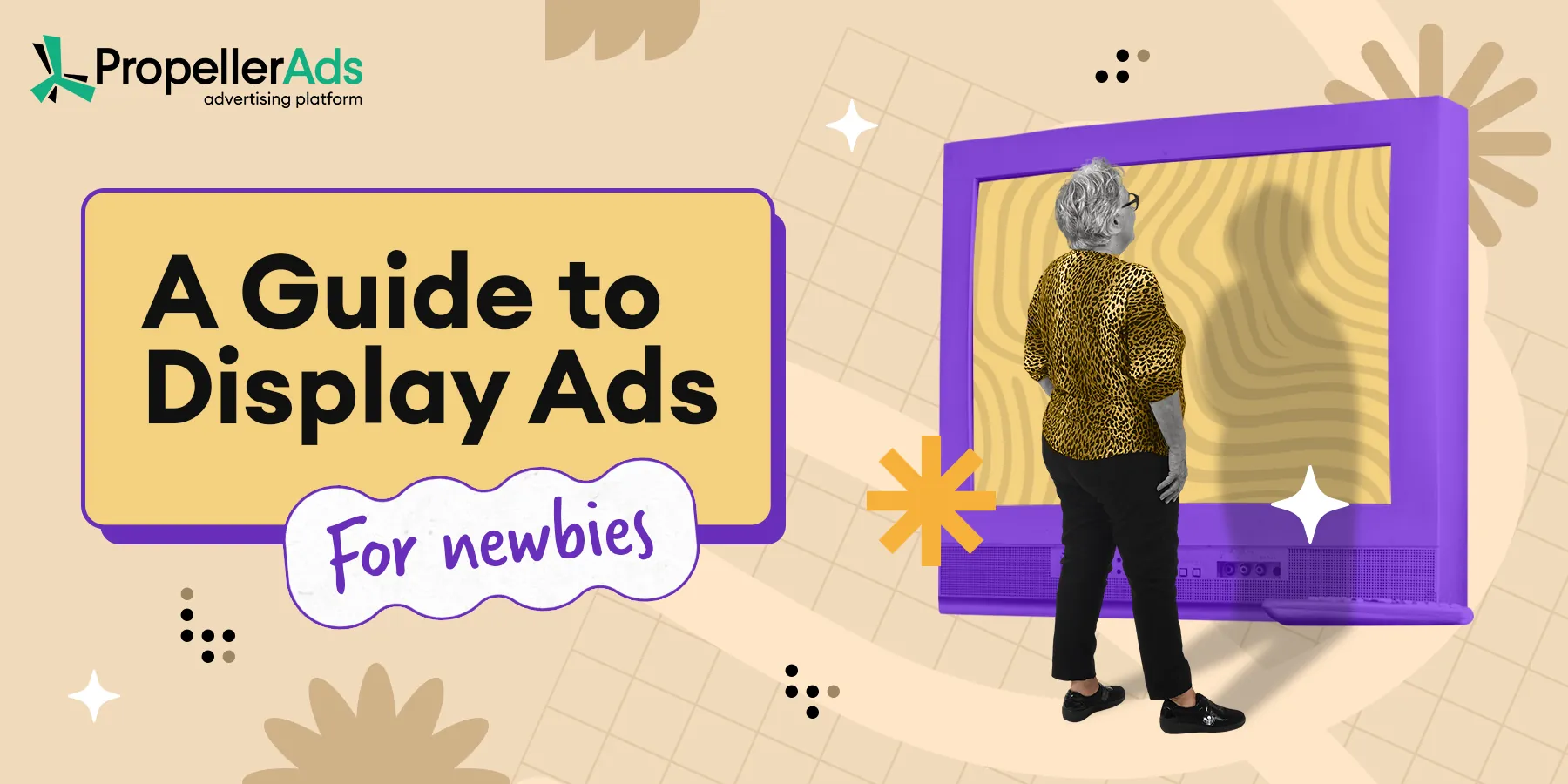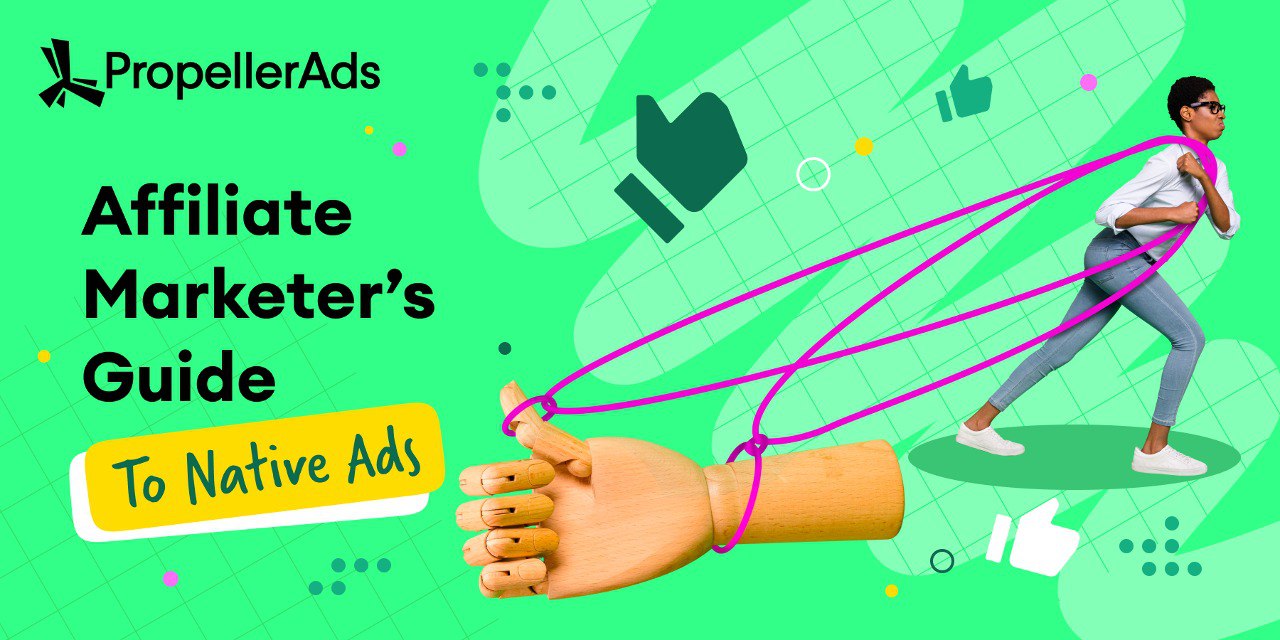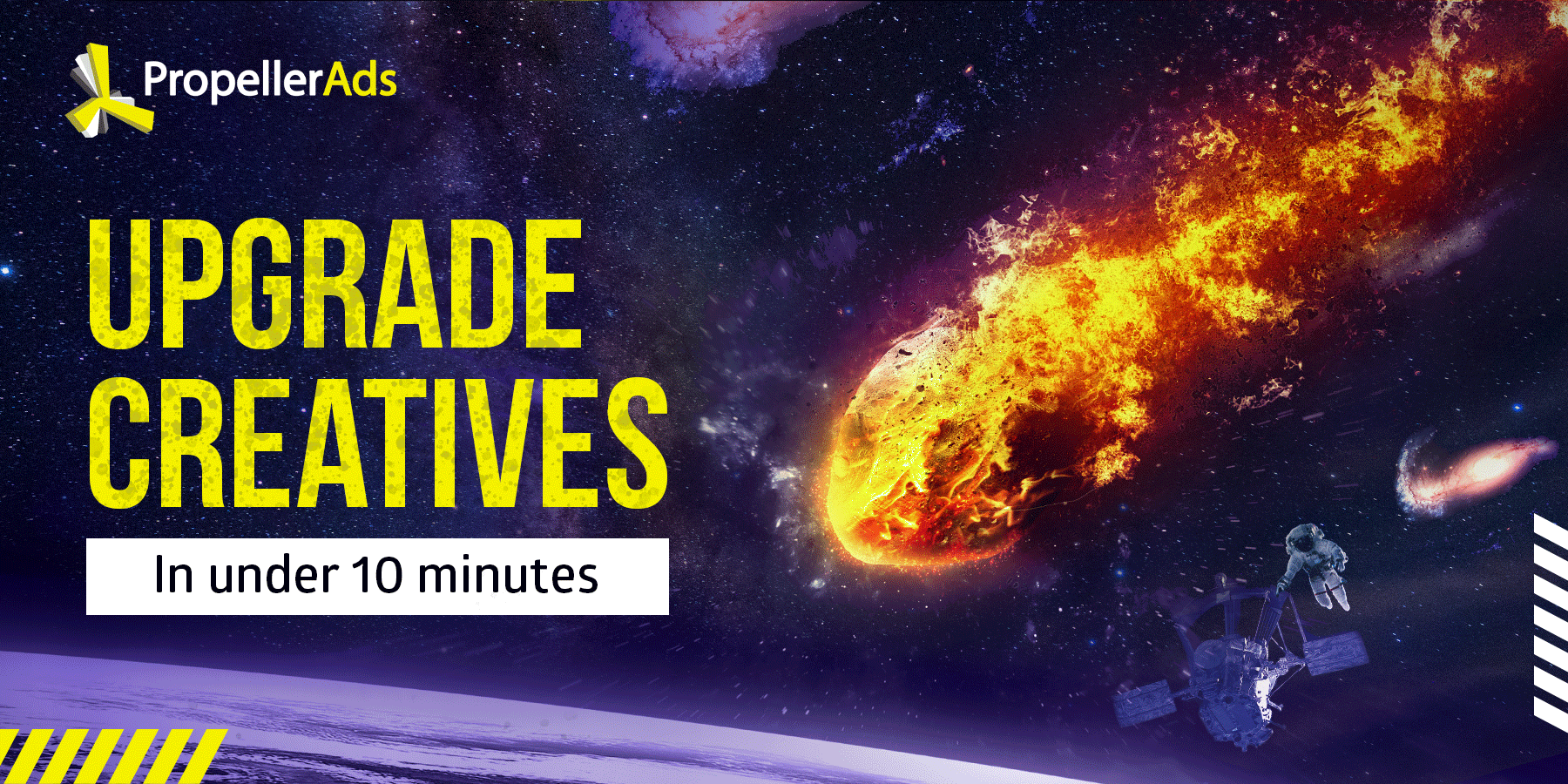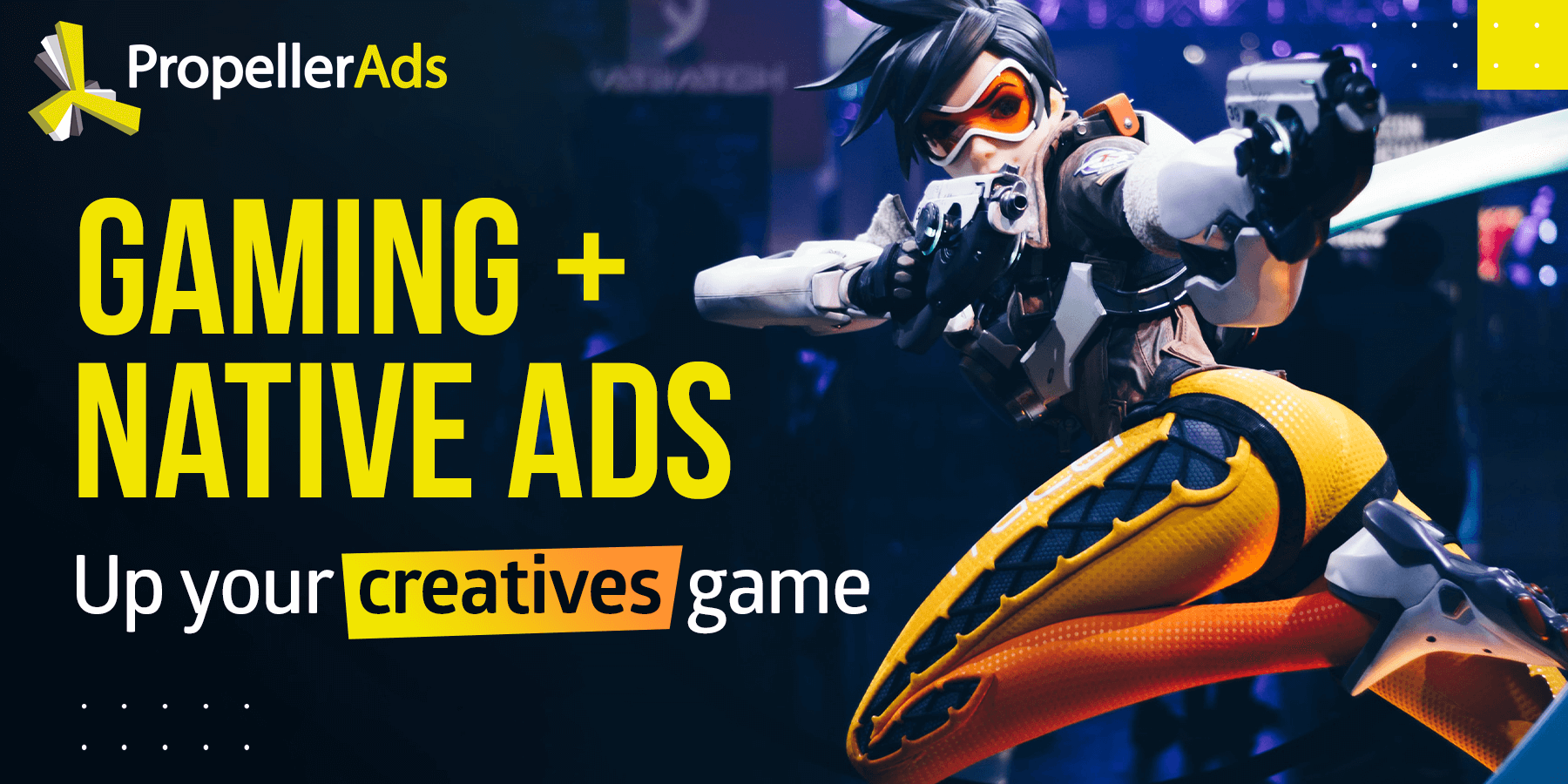A Guide to Display Ads for Newbies: What, Why & How

Display ads are everywhere — from your favorite blog to the weather app you just checked. But if you’re just starting your journey in media buying or affiliate marketing, it can feel overwhelming.
So, let’s break it down: what are display ads, how do they work, and why should you care?
What Are Display Ads?
In short, display ads are visual advertisements shown on websites, apps, and platforms within the Google Display Network (GDN), programmatic platforms, or direct publisher deals. Think banners, square tiles, sidebars — static or animated.
If you’re asking “what is a display ad?” — here’s a simple definition:
A display ad is a digital image or graphic ad that appears alongside content on websites or apps, typically as banners, sidebars, or interstitials.
These ads are designed to capture attention, increase brand awareness, and drive traffic or conversions.
Types of Display Ads
Let’s walk through the main formats:
1. Static Display Ads
The classic — image + text. Usually in standard sizes like 300×250 or 728×90. Cheap and easy to produce.
Display ad sizes tip: The most used banner formats are 300×250 (Medium Rectangle), 336×280 (Large Rectangle), 728×90 (Leaderboard), and 160×600 (Wide Skyscraper).
2. Responsive Display Ads
These ads automatically adjust to fit different placements and screen sizes. Google Ads often recommends them — you upload assets, and the system assembles optimal combinations.
→ Great for reach + automation.
3. Rich Media Ads
Interactive or animated elements (sliders, videos, hover effects). Often custom-built. High engagement — but also higher cost and complexity.
4. Native Display Ads
Blend into the page’s look & feel. Higher CTRs, but require extra effort to “match” the environment.
Display Ads Examples (Visual Concepts)
Let’s clarify with a few display ad samples:
- Retargeting ad for sneakers → Static banner: “Still thinking about those Nikes? Get 20% off today.”
- eCommerce promo → Responsive display ad with product image, price, and “Shop Now” CTA.
- App download ad → Native ad on a blog sidebar with app icon, rating, and install button.
These are classic display ads examples — meant to engage users mid-browse, not mid-search.
Why Display Ads Are Worth It
Massive reach — billions of impressions daily via GDN or programmatic SSPs
Visual storytelling — build brand or trigger instant action
Retargeting — perfect for nudging warm audiences
Flexible pricing — CPM, CPC, CPA, CPL — take your pick
Easy scaling — plug into DSPs and automate delivery
How to Buy Display Ads
There are several ways to get started:
- Google Display Network (GDN)
Easy for beginners. Offers both manual and automated options, including responsive display ads. - Programmatic platforms (DSPs)
Ideal for scaling + targeting power users. Options like Criteo, The Trade Desk, or even PropellerAds’ Self-Serve DSP. - Direct buys
Contact publishers/websites directly. You agree on price, formats, and placement.
Quick Tips for Newbies
- Start simple: Go with static or responsive formats first.
- Target wisely: Context + behavior beats broad reach.
- Test sizes: 300×250 and 728×90 usually perform best.
- Refresh creatives: Banner blindness is real. Rotate often.
- Track everything: Use UTM tags + postback to optimize ROI.
Display Ads Checklist for Beginners
Before you launch your first display ad campaign, make sure you’ve covered the basics:
- Defined your campaign goal (traffic? leads? installs?)
- Chosen the right display ad format (static, responsive, native)
- Created at least 2-3 ad sizes (start with 300×250 + 728×90)
- Designed eye-catching creatives with a clear CTA
- Set targeting (location, device, interest, behavior)
- Connected tracking (UTM + conversion tracking)
- Set up A/B tests for creatives and audiences
- Planned a schedule for refreshing your banners
Print it. Bookmark it. Live by it. 😉
Final Thoughts
Display ads are the foundation of digital advertising. Whether you’re running affiliate offers, launching a brand, or retargeting lost leads — mastering display formats gives you a serious edge.
And now that you know the basics — you’re no longer a newbie 💪



